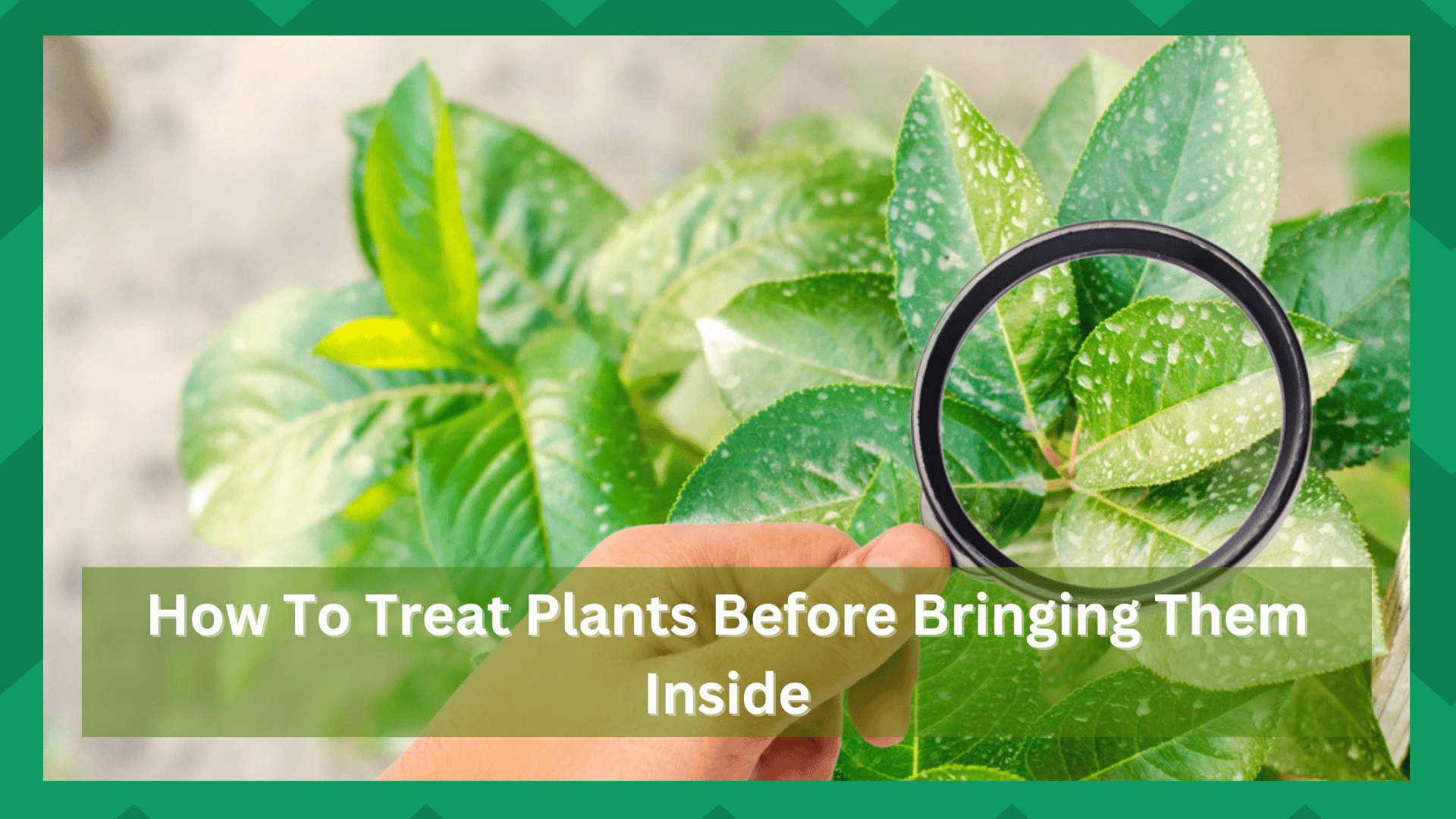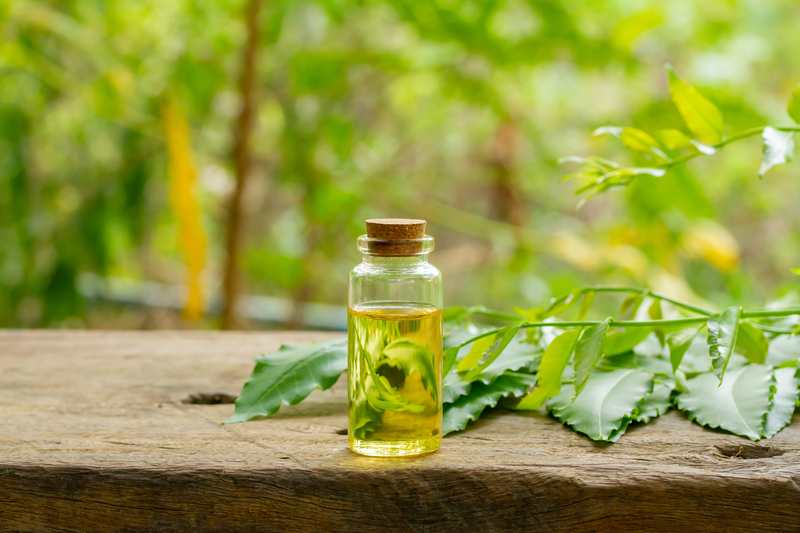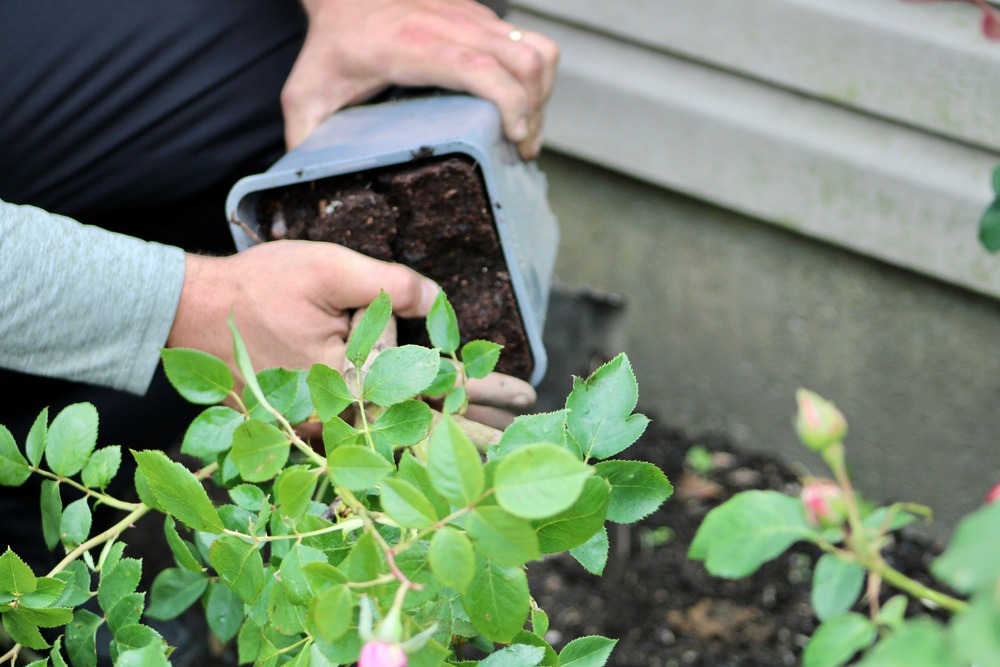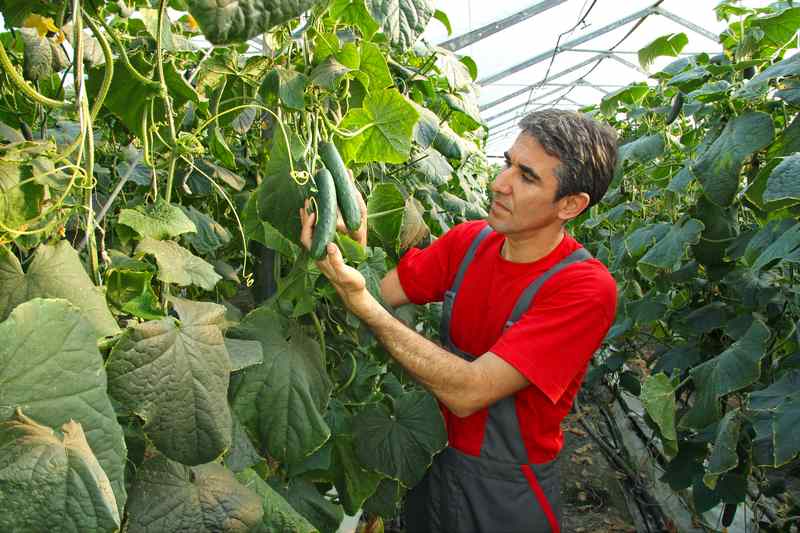
Keeping track of the seasonal cycle is one of the most important things you need to do as a gardener. Not all your plants can survive the extreme cold in the winter.
To ensure their survival, you must bring some plants indoors. Doing this will sustain their growth over the winter, and you won’t have to deal with dead plants.
Many people like to put their houseplants outside in the summer to bask in the sun and moisture. But how do you bring the plants back indoors without bugs!?
Step-by-step on how to get it indoors in the winter.
Unfortunately, many people seem unaware of the proper procedure to bring the plant indoors. If you’re in the same boat, then the information below will be quite helpful for you.
How To Treat Plants Before Bringing Them Inside?
You will need a few supplies to treat the plants before bringing them in. These include a spray bottle, a large container, towels, a wash bucket, and neem oil.
You can also get a scrap to rinse the pot if it is dirty. So, to start the process, you will need to fill the large container with soap and water.
Before using the soap, please ensure that it is not toxic to the plants. Now, you can put the plant you plan on moving indoors inside the tub.
At this stage, you must ensure that the pot’s top is completely covered with the water solution. You will have to leave the plant submerged for 18 to 20 minutes.
In the meanwhile, you should take care of the branches and the leaves that are sticking out of the water solution.
You can use a spray bottle to remove anything attached to the leaves, and you’ll be done in no time.
After 20 minutes, you will notice that the debris or dead parts of the plants are floating on the top. In this situation, you need to remove this from the water solution before taking the plant out.
Once the plant is out of the container, you can spray it with neem oil or wash it with clean water. Even though the soap solution is not toxic to the plant, it can leave some residue.
So, you should try to use a sprayer to remove the soap solution and then take the plant indoors after utilizing the neem oil.
You won’t have to do anything else; this process will minimize any chances of plant diseases spreading indoors.
When to Bring Plants Indoors
One of the most common questions received is when to bring plants indoors. You need to plan to bring houseplants back inside a few weeks before the cooler weather of fall.
If the houseplant is left outdoors for a long time, the leaves may fall off due to the cold weather.
In the worst case, the plant may die. Additionally, the transition to bringing outdoor plants indoors can be a bigger shock to plants if left too long when the fall weather starts to cool.
A good time to overwinter houseplants is at least two weeks before the average first frost date.
Bringing Plants in Winter
If you have a lot of outdoor houseplants, it’s a good idea to bring the plants back indoors in small batches.
Trying to complete a marathon weekend of troubleshooting and moving plants indoors can be stressful and taxing (and straining your back!).
Also, if the foliage plant is potted, transplant it into a large container before putting it in. So, the mess stays outside.
Debugging and cleaning potted plants before bringing them back indoors is important in preventing houseplant bug problems.
Aphids, mealybugs, and other houseplant pests are usually not a problem when potted houseplants are outdoors. However, when planted in a houseplant, it can quickly become a massive parasite in winter.
Debugging and Putting Away Potted Plants Before Bringing Them Indoors For Winter
This may sound harder than it actually is. A few simple steps can be taken to ensure your houseplants are bug-free before you bring them back indoors in the fall. (Warning: Use this method only when debugging plants that grow in pots with drainage holes!)
The Supplies needed include a Large tub or bucket of Mild liquid Soap, a large kitchen strainer, a flower Pot, a scrubber spray bottle, neem Oil, a laundry bucket, old towels, soap, and plant soak supplies.
The first step is to Fill Tub with Soapy Water – Fill a large tub/bucket with water and neutralize it by adding a few drops of liquid soap.
I want to emphasize that with a mild liquid soap, be careful not to use soaps containing degreasers or detergents. These can damage (or even kill) sensitive plants.
Soak Plants in Mild Liquid Soap thus. Add Plants to Water and Soak; this will kill bugs on houseplants, soak the whole plant, pot, and everything for about 15-20 minutes. Soapy water kills insects on plants and on the ground.
It is also important to clean plant leaves that are not submerged in water. If any leaves are not completely covered in water, use an organic pesticide soap to clean the plant protruding from the water.
Recipe for DIY Pesticide Soap
One teaspoon of mild liquid soap to 1 liter of water in my spray bottle. You can buy organic insecticidal soap if you don’t want to mix your own.
So, to keep the plant neat and clean, remove all floating bits before removing the plant. Before removing the plants from the tub, use a wide kitchen strainer to skim the residue from the water’s surface.
Remove Floating Debris and Keeping Plants Clean
Remove plants, wash pots, pull them out of the tub, and scrub each jar with a scrub brush.
Scrub the plant pot clean.
Consider rinsing the plant and pot thoroughly – After cleaning the plant and pot, rinse the plant and pot thoroughly with a hose to remove all soap and dirt.
Set the clean Plants aside and drain all water from the pot before moving the plant back inside. Also, Remove floating dead leaves and other debris (using a trusty colander) and submerge another group of plants.
Can I Water My Plants with Dawn or Ivory Soap?
Soaps usually contain detergents and some even degreasers. Detergents and degreasers can damage or even kill sensitive plants.
Whether you’re after Ivory or Dawn (or any other brand), you should test any soap to ensure it won’t damage your plants before soaking them.
Will This Method Kill Worms And Eggs In the Soil?
Yes, soaking plants in soapy water will also kill worms and eggs in the soil. However, air pockets may exist in the ground in which they can survive.
If you’re worried about it, try soaking it a little more. Also, tap the pan when it stops bubbling to release any excess air trapped inside.
You can also debug potted plants before bringing them back indoors is an important first step in pest control for houseplants.
Consider Soaking houseplants in soapy water to get rid of bugs is an effective method for most plants and can help ensure you bring in bug-free outdoor plants.
Heavily Infested Plants
The above methods work very well to eliminate most insects on your plants. If you find a plant heavily infested with bugs, it’s a good idea to follow the above steps, but leave it outside for a few more days after applying bug spray.
Then spray the leaves again. This increases your chances of catching newly hatched bugs.
To Conclude
Before taking the plant indoors, you can rely on soap and water solutions to remove bugs and debris from the plant. Doing this will ensure the plant’s health over the winter and increase the survival rate.
The procedure mentioned above is quite simple, and you just have to soak the plants in the soap solution and rinse the solution afterward.
Most of the supplies required for this method are already available in most homes. So, you will likely not have to spend any money to treat plants before bringing them inside your home.
Hopefully, this information helps you sustain the growth of your plants in the long run.
Summer is the ideal time to grow plants. Houseplants benefit from being outside for a change, but when fall arrives, and it’s time to bring houseplants indoors for the winter, things can get worse.
Later on, two things that will help you avoid big plant problems are knowing when to bring houseplants indoors and learning how to bring plants indoors without insects.






